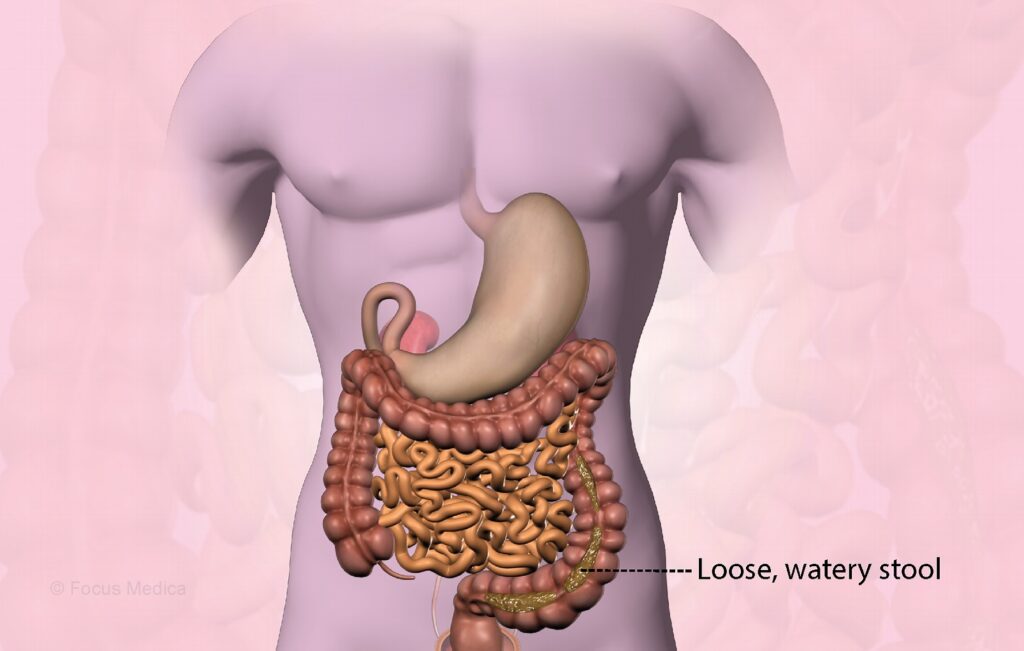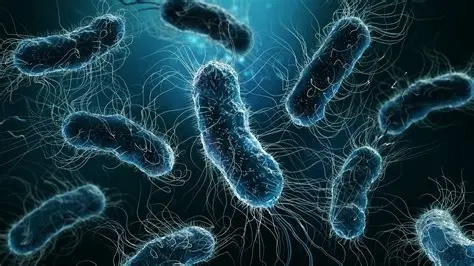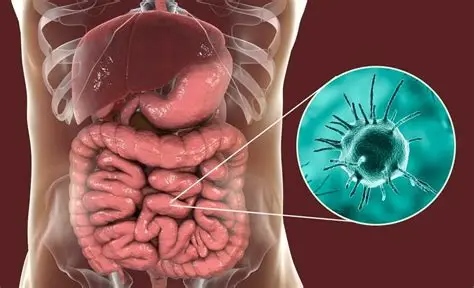Introduction
Diarrhea and dysentery are common gastrointestinal disorders that affect millions of people worldwide, particularly in developing countries. Though both involve frequent and loose bowel movements, they are fundamentally different in terms of causes, symptoms, severity, and treatment approaches. Understanding the differences between these two conditions is essential for accurate diagnosis, effective treatment, and proper public health management.
This comprehensive guide provides clear definitions, major differences, and key aspects of diarrhea and dysentery. The content is designed in a simple, clear, and humanized language suitable for both students and health learners.
Table of Contents
Diarrhea

Definition
Diarrhea is a condition characterized by the passage of loose, watery stools more than three times a day. It is often a symptom of an underlying infection or digestive disorder and can range from mild and temporary to life-threatening if untreated.
Causes
Infectious Causes
Bacterial infections (e.g., Escherichia coli, Salmonella)

Viral infections (e.g., rotavirus, norovirus)
Parasitic infections (e.g., Giardia, Entamoeba)
Non-Infectious Causes
- Food intolerance (e.g., lactose intolerance)
- Medications (e.g., antibiotics)
- Inflammatory bowel diseases (e.g., Crohn’s disease, ulcerative colitis)
- Stress and anxiety
Symptoms
- Watery and loose stools
- Abdominal cramps
- Bloating
- Nausea and vomiting
- Urgency to defecate
- Mild fever (occasionally)
Types
- Acute Diarrhea: Lasts for a few days to a week
- Chronic Diarrhea: Lasts for more than 2-4 weeks
- Traveler’s Diarrhea: Affects individuals visiting developing countries
- Secretory and Osmotic Diarrhea: Based on mechanisms of fluid loss
Complications
- Dehydration
- Electrolyte imbalance
- Nutrient malabsorption
- Fatigue and weakness
Diagnosis
- Stool culture
- Stool microscopy
- Blood tests (in chronic cases)
- Imaging (in suspected inflammatory conditions)
Treatment
- Oral rehydration solution (ORS)
- Antidiarrheal medications (e.g., loperamide)
- Antibiotics (only if bacterial cause confirmed)
- Probiotics
- Dietary changes (e.g., BRAT diet: banana, rice, apple, toast)
Dysentery

Definition
Dysentery is a type of gastrointestinal infection marked by inflammation of the intestines, especially the colon, leading to bloody and mucus-filled stools. It is more severe than regular diarrhea and is commonly caused by infections.
Causes
Bacterial Dysentery (Bacillary Dysentery)
- Caused by Shigella species (most common)
- Can also be caused by Campylobacter, E. coli, or Salmonella
Amoebic Dysentery (Amoebiasis)
Caused by the parasite Entamoeba histolytica
Symptoms
- Bloody stools with mucus
- Severe abdominal pain and cramps
- Tenesmus (painful straining to pass stool)
- Fever and chills
- Vomiting (sometimes)
- Fatigue and dehydration
Types
- Bacillary Dysentery: Caused by bacteria
- Amoebic Dysentery: Caused by protozoan parasite
Complications
- Severe dehydration
- Intestinal ulcers
- Perforation of the colon
- Liver abscess (in amoebic dysentery)
- Toxic megacolon
Diagnosis
- Stool microscopy and culture
- PCR tests for pathogen detection
- Serological tests
- Colonoscopy (in complicated cases)
Treatment
- Rehydration therapy
- Antibiotics (e.g., ciprofloxacin for bacillary dysentery)
- Antiparasitic drugs (e.g., metronidazole for amoebiasis)
- Pain relief and anti-spasmodic drugs
- Nutritional support
21 Major Differences Between Diarrhea and Dysentery
Comparative Table
| Feature | Diarrhea | Dysentery |
|---|---|---|
| 1. Definition | Frequent passage of loose stools | Inflammation of intestine with bloody stools |
| 2. Stool Appearance | Watery, no blood or mucus | Bloody and mucus-filled |
| 3. Main Cause | Mostly viral or dietary | Mostly bacterial or parasitic |
| 4. Severity | Usually mild to moderate | More severe and painful |
| 5. Pain Level | Mild cramps | Severe abdominal pain |
| 6. Fever | Mild or none | High fever often present |
| 7. Dehydration Risk | Moderate | High risk |
| 8. Duration | Often short-term | May last longer |
| 9. Contagiousness | Depends on cause | Highly contagious |
| 10. Tenesmus | Absent | Commonly present |
| 11. Pathogen Type | Virus, bacteria, parasite | Mainly bacteria and protozoa |
| 12. Transmission | Food, water, contact | Contaminated food, water, fecal-oral |
| 13. Treatment | ORS, diet, mild meds | Requires antibiotics or antiparasitics |
| 14. Occurrence | Common in all age groups | More common in poor hygiene areas |
| 15. Inflammation | Less likely | Intestinal inflammation significant |
| 16. Stool Frequency | Often frequent | Less frequent but painful |
| 17. Nutrient Loss | Mostly water and electrolytes | Blood, mucus, and electrolytes |
| 18. Risk of Complications | Lower | Higher, especially if untreated |
| 19. Diagnostic Method | Basic stool test | Detailed stool test and imaging |
| 20. Vomiting | Common | Less common |
| 21. Prognosis | Usually resolves quickly | Can become chronic or severe |
Prevention Tips for Both Conditions
Safe Hygiene Practices
- Handwashing with soap
- Proper food handling and cooking
- Clean drinking water
- Sanitation and waste disposal
Travel Precautions
- Avoid street food in developing countries
- Drink bottled or boiled water
- Peel fruits before eating
Immunizations
Vaccines available for some diarrheal infections (e.g., rotavirus)
Conclusion
Diarrhea and dysentery, while similar in their initial presentation, are distinct in cause, symptoms, and clinical impact. Diarrhea tends to be less severe and often self-limiting, while dysentery is more aggressive, requiring prompt medical attention. Timely diagnosis and proper treatment can prevent complications and improve recovery. Maintaining hygiene, consuming safe food and water, and educating communities about these diseases can dramatically reduce their burden globally.
Understanding these conditions and their differences not only helps in better management but also plays a vital role in public health strategies, especially in resource-limited settings.
FREQUENTLY ASKED QUESTIONS
Can diarrhea turn into dysentery?
Not usually. Diarrhea and dysentery are caused by different organisms and processes. However, some infections may start as diarrhea and later cause inflammation leading to dysentery.
Is dysentery life-threatening?
If untreated, especially in children and immunocompromised people, dysentery can lead to severe complications like dehydration, perforation, or even death.
What is the most common cause of diarrhea?
Viruses such as rotavirus and norovirus are the leading causes of diarrhea worldwide.
Related Articles




